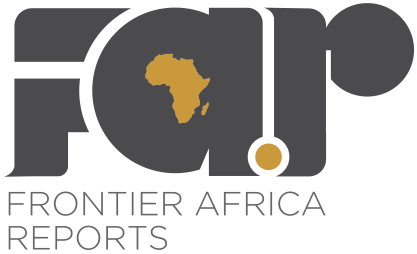CBN sanction threat; Ugandan exports climb; Rand vulnerable: FX Week Ahead

CBN sanction threat easing Naira pressure
The Naira held steady against the dollar, trading at levels of 478 in the parallel market, as the Central Bank of Nigeria’s Monetary Policy Committee kept its key rate unchanged at 11.5% in a bid to prevent further inflationary pressure and exchange rate weakening. Beyond rates policy, in a drive to improve FX liquidity, the CBN took a swipe at exporters hoarding dollars by threatening to withdraw banking services if their revenue is not repatriated. The new measures are likely to ease pressure against the Naira and help currency stability.
Rand vulnerable amid Covid clampdown
The Rand slid to as low as 15.30 per dollar as surging infection rates led to further restrictions on movement in and out of South Africa and global risk-off sentiment. The dollar also strengthened as holders of euros, anticipating a rate cut from the ECB, switched to the greenback. Battling the highest infection rate on the continent, South Africa’s Head of Treasury said this week that a program to vaccinate around 40 million people would cost $1.6 billion. We project sustained downward pressure on the currency in coming days.
Kenya’s stable Shilling heads for month-end dip
The Kenyan Shilling held steady at 110/110.35 per dollar as the CBK said usable foreign exchange reserves fell to USD 7,658 million (4.7 months of import cover) from USD 7,807 million the previous week, still an adequate buffer against any FX shock. The central bank kept its benchmark rate at 7% for the sixth consecutive meeting, saying that inflation remains well anchored at a month-on-month rate of 5.6% in December, which is up from 5.3% in November but within the set limit of 7.5%. We expect a weakening in the approach to month-end as the energy sector and manufacturers require hard currency to meet import obligations.
Shilling unshaken as Ugandan exports climb
Uganda’s Shilling traded in a stable range of 3680/3790 per dollar in the aftermath of this month’s presidential election. The Ministry of Finance reported an annual 5.3% increase in exports, with the Middle East accounting for the largest orders. Foreign trade has been a buffer for stability against disruptions from the pandemic and domestic politics.
Sustained growth supports Tanzanian Shilling
Tanzania’s Shilling slipped to 2314/2324(2319) levels from 2295/2309.8 (2302.4) due to high demand for dollars from manufacturers and energy producers fulfilling month-end obligations. The currency is likely to hold steady at these levels in the coming week. In a rare statement for any country, the Bank of Tanzania said Jan. 22 that the economy probably grew 5.5% in 2020 and will probably grow by 6% or more in 2021, boosted by exports of gold, crops and manufactured goods. Foreign reserves covering 5.6 months of imports appear adequate. Dollar inflows from mining exports, including gold, and horticultural products are likely to balance demand from the energy and manufacturing sectors in the near term, while further dollar inflows are anticipated from international lenders, including the IFC, a member of the World Bank Group, which will provide a $10 million loan to Kioo Limited, East Africa’s largest producer of glass bottles.

